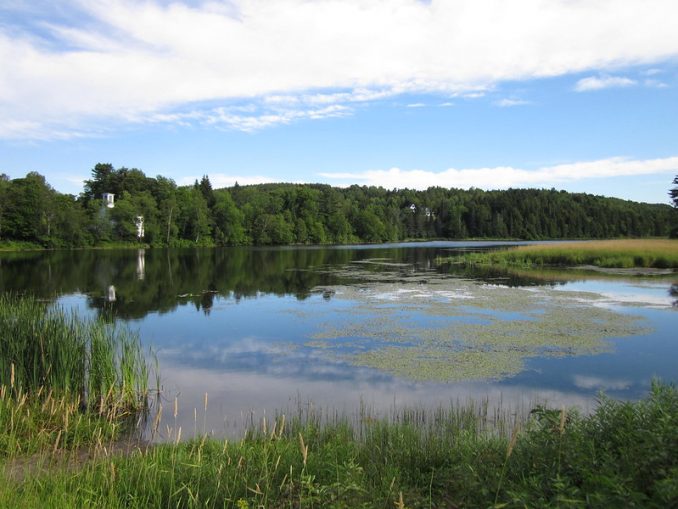
Water is a precious resource that is essential for life on Earth. However, climate change has significantly impacted the availability and quality of water, with many regions experiencing more frequent and severe droughts, floods, and storms. These changes are having a profound effect on the environment, as well as human health and well-being.
Flood events can cause significant damage to infrastructure, homes, and businesses and lead to loss of life. In addition, they can also lead to the contamination of water sources, further exacerbating the clean water crisis.
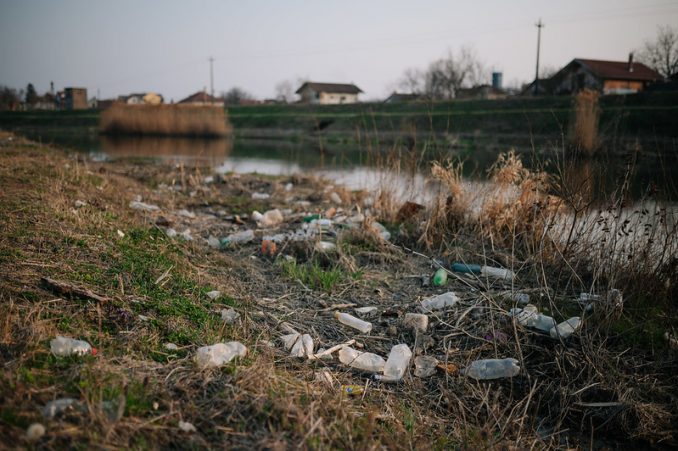
We often hear of flooding events; this year has been no different with seasonal and unseasonal flooding. In the past month, there has been flooding in various parts of the USA, Argentina, India, China, Japan and Turkey, causing loss of life and property and polluting water resources.
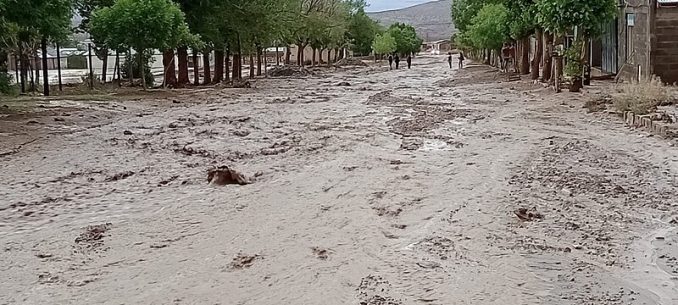
Often flooding can be attributed to climate change with more intense rain storms; however, flooding is being exacerbated by poor agricultural land management, lacks planning and development on flood plains and the over-reliance on large-scale water infrastructure to control water.
The American landscape is dominated by large-scale defensive infrastructure projects that block, channel, divert, dam, harden and channellise rivers and water bodies, from the massive and mighty Mississippi to backyard creeks. What is clear is that these two centuries of ‘flood control’ and water infrastructure have an unintended legacy of encouraging unsafe development on flood plains….. [1]
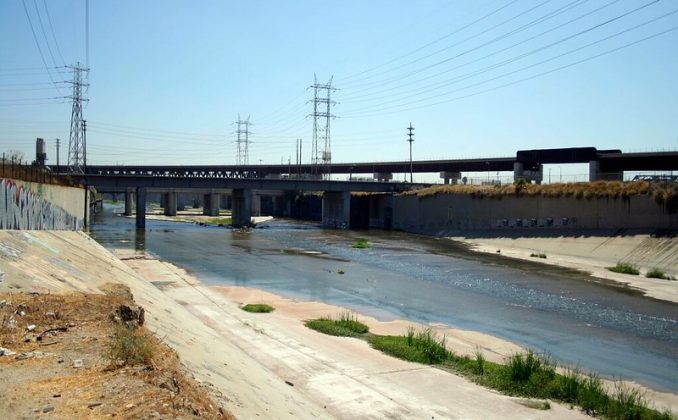
Land clearing for agriculture is ongoing in developed and developing countries seeking to feed their countries and develop export markets. Often this land clearing is on mountainsides, wetlands and flood plains, greatly increasing flooding by reducing vegetation cover. Poor farming practices such as tillage, feed lots and overcropping lead to erosion and soil compaction[2], thus creating silt-laden waterways and catchments .
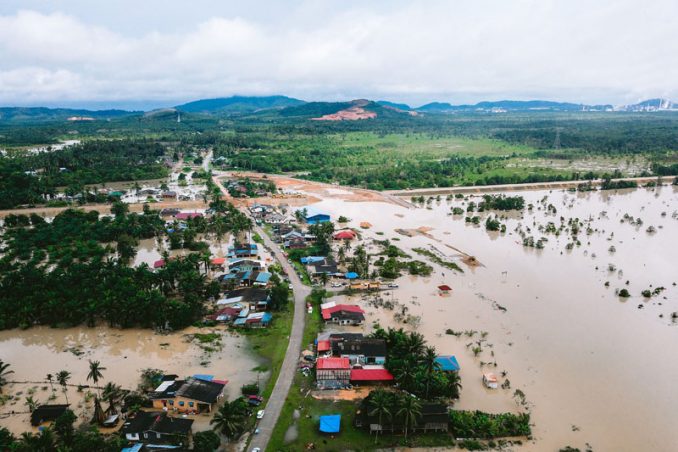
Three scales of agents involved in flood adaptation are: institutions, communities, and individual households. At the institutional level, adaptation involves planning and water resource management. At the community and household levels, flood adaptation mainly involves modification of housing structures and the surrounding built environment to cope with floods. [3]
Better Agricultural Landscape Management
Floods can be avoided or reduced through better agricultural land management and the reduction of land clearing in key watersheds, flood plains and wetlands. Better land management practices include no (zero) till farming, changing crop types, restoring riparian landscapes, and planting trees. Also, eliminating man-made landscape interventions such as waterway straightening, waterway reinforcement, dredging, levees, and dams are only localised solutions but can greatly increase the impacts of flooding in the wider area [4].
Better Planning
Not allowing planning (zoning and approvals) for housing development in floodplains is a critical step in reducing the loss of life, property damage and waterway pollution. However, many towns and cities have been developed in floodplains over the centuries. Better landscape and city planning can reduce the impact of flooding; however, not all housing can be relocated.
Resilient Housing Design
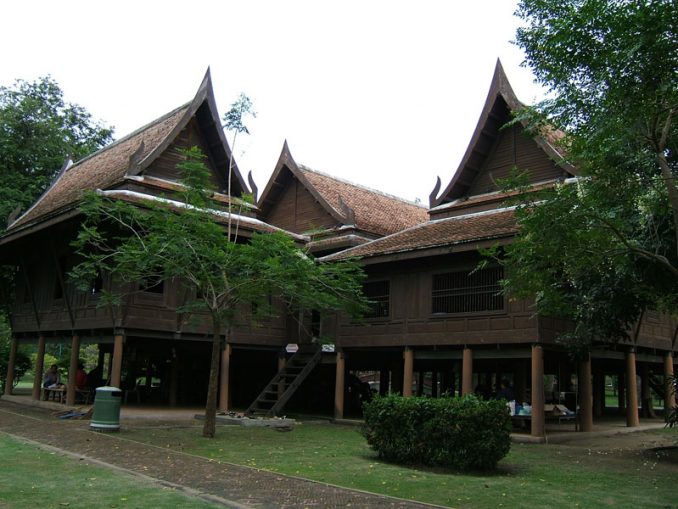

The solution is to design resilient houses that allow for flooding by having a ground floor that functions as a garden, a shaded area (undercroft). When floods arrive, these spaces along the floods in and out with minimal damage. This traditional house design technique goes back thousands of years across Europe, Asia, South America and other continents built by indigenous people. Still, it can be improved with modern construction techniques and materials to ensure longevity. Another solution is ‘amphibious houses’ used in countries like the Netherlands. [5]

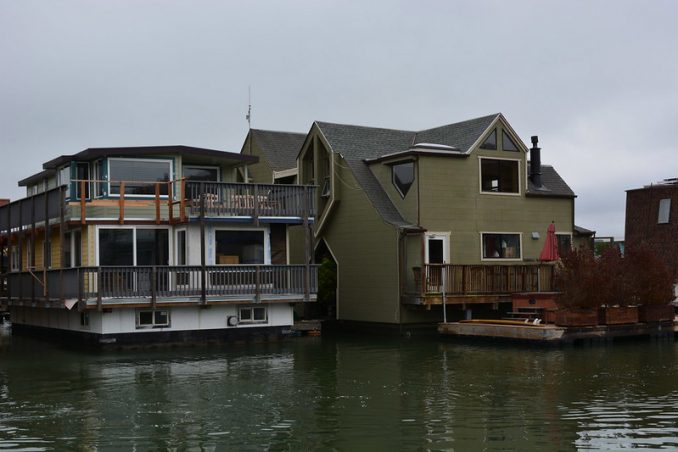
Resilient Landscapes
Landscape architects can play a significant role in reducing flooding by incorporating water management strategies and designing resilient landscapes on a large scale. This involves creating green infrastructure, restoring wetlands and other natural water systems, and designing landscapes that can adapt to changing water conditions. The restoration of wetlands and other natural water systems is also an effective solution to address water and climate change concerns. Wetlands are crucial for maintaining healthy ecosystems and are especially efficient at filtering pollutants from water. By restoring wetlands, landscape architects are contributing to better water quality while also providing essential habitat for wildlife.
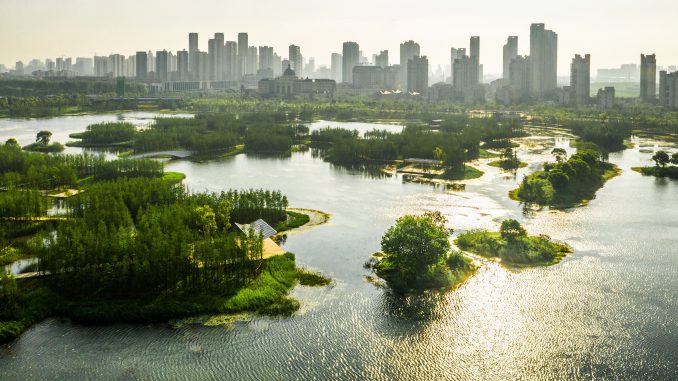

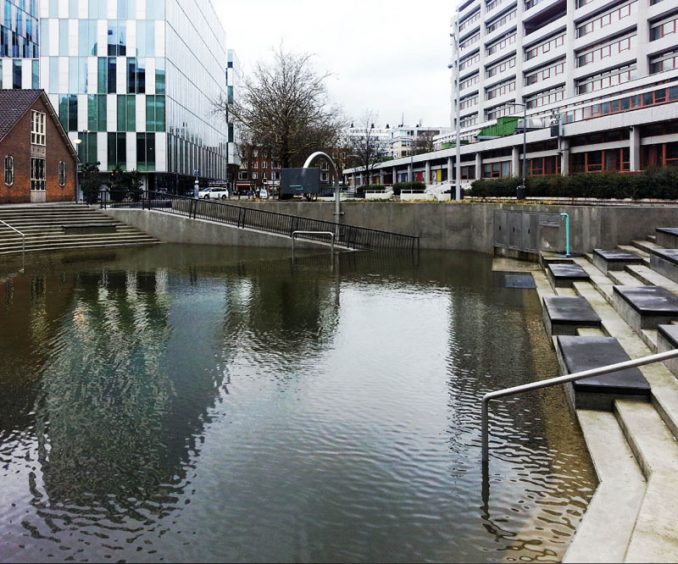
Landscape architects can also assist in mitigating the impacts of flooding by including rain gardens, bioswales, and green roofs. Also, by simply designing larger planted areas, reducing hard paving and planting trees, we can increase the permeable area and reduce stormwater runoff.
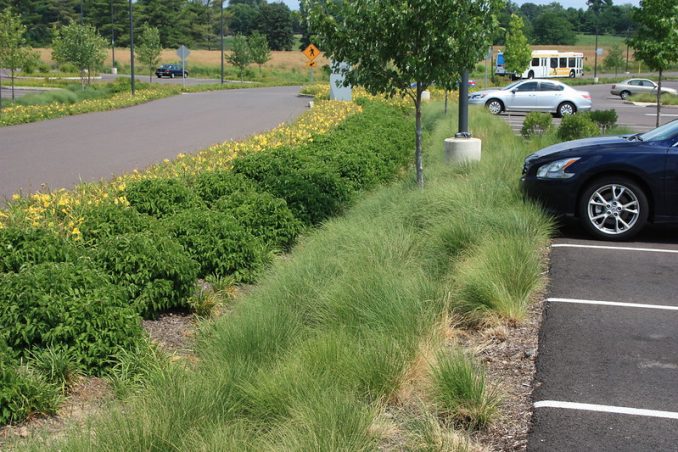
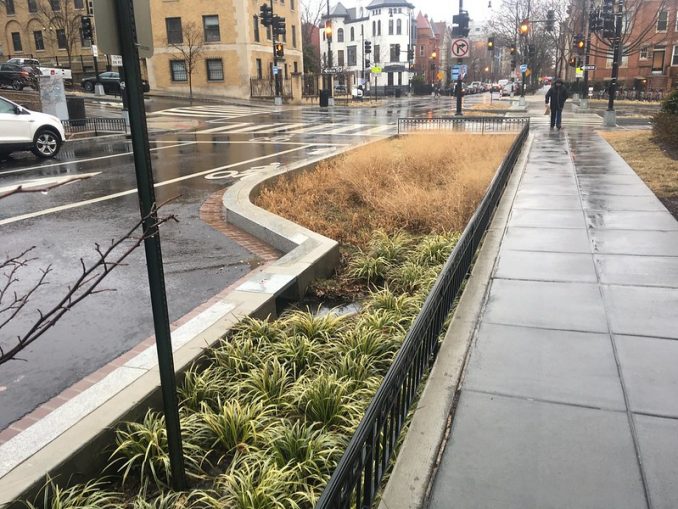
Designing landscapes that can adapt to changing water conditions is critical for ensuring that communities are resilient to the impacts of climate change. This includes using drought-tolerant plants and designing landscapes that capture and store rainwater. Although I have listed some possible solutions for flood adaptation, we also work with other professionals (engineers, ecologists, planners) to work towards tailored solutions for each of our projects, whilst also being aware of the costs and timeline(years, decades) that these projects take to implement.
As landscape architects, we must continue to incorporate water management strategies and work towards ensuring that our communities are resilient to the impacts of climate change and have access to clean and safe water.
Image Credits:
As captioned or noted below
Traditional Thai wooden house – shankar s.
House in Florida, USA – Beachfront Solutions
Amsterdam Floating House – Not4rthur
Sausalito Floating Homes – Daniel Hartwig
References:
[1] Orff, K. (2020), What is Design Now? Unmaking the Landscape. Archit. Design, 90: 94-99. https://doi.org/10.1002/ad.2531
[2] Alaoui, A., Rogger, M., Peth, S., & Blöschl, G. (2018). Does soil compaction increase floods? A review. Journal of Hydrology, 557, 631-642. https://doi.org/10.1016/j.jhydrol.2017.12.052
[3] Limthongsakul, S., Nitivattananon, V., & Arifwidodo, S. D. (2017). Localized flooding and autonomous adaptation in peri-urban Bangkok. Environment and Urbanization. https://doi.org/10.1177/0956247816683854
[4] Farming the Floodplain: Trade-offs and Opportunities, USDA – https://www.climatehubs.usda.gov/hubs/northeast/topic/farming-floodplain-trade-offs-and-opportunities
[5] Van Long, N., & Cheng, Y. (2018). Urban Landscape Design Adaption to Flood Risk: A Case Study in Can Tho City, Vietnam. Environment and Urbanization ASIA, 9(2), 138–157. https://doi.org/10.1177/0975425318783587
